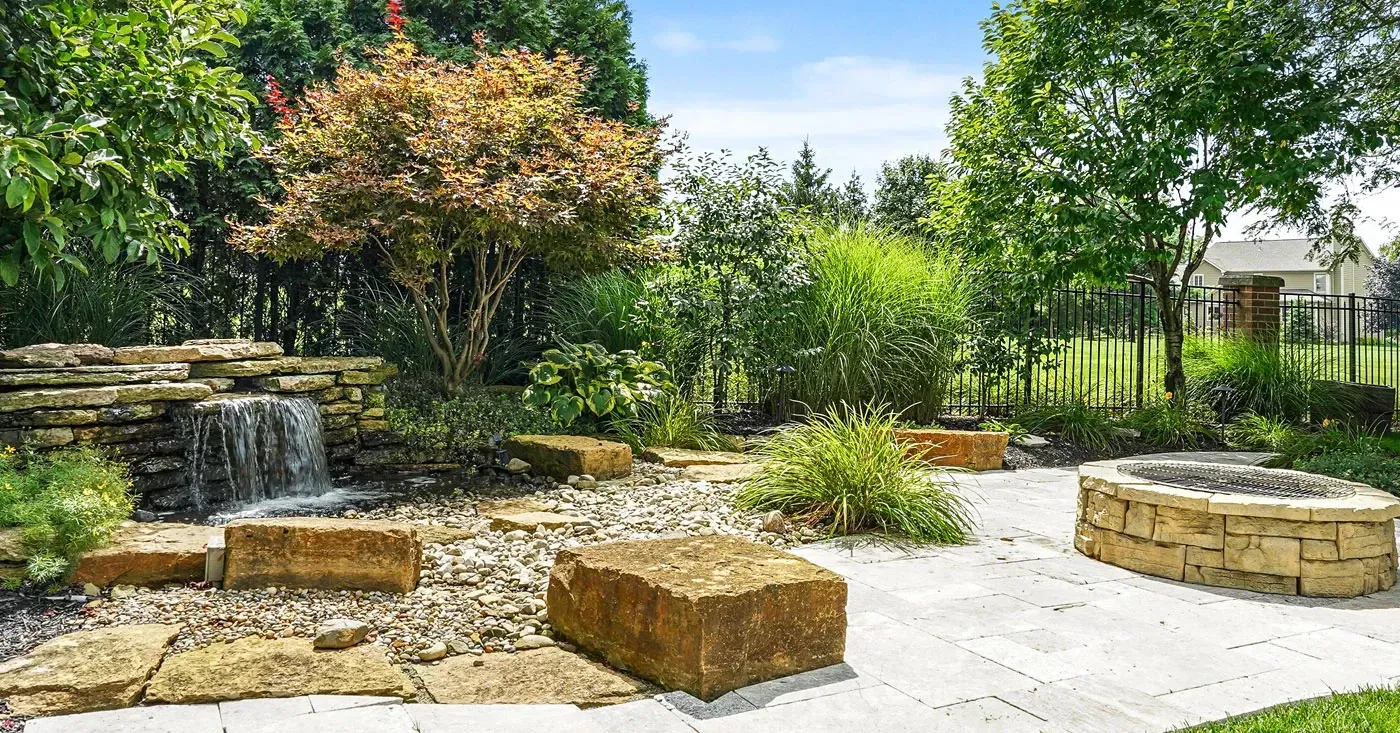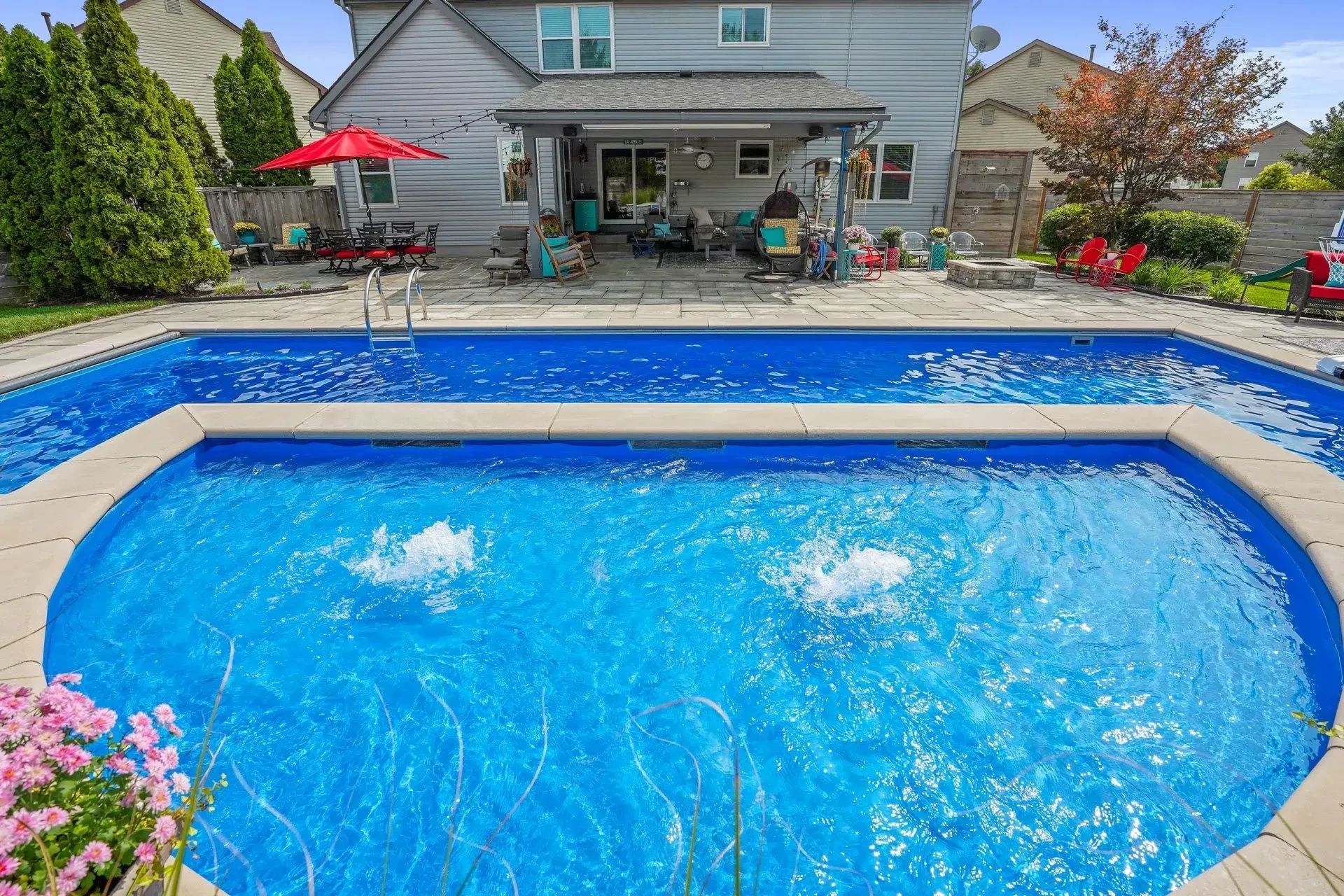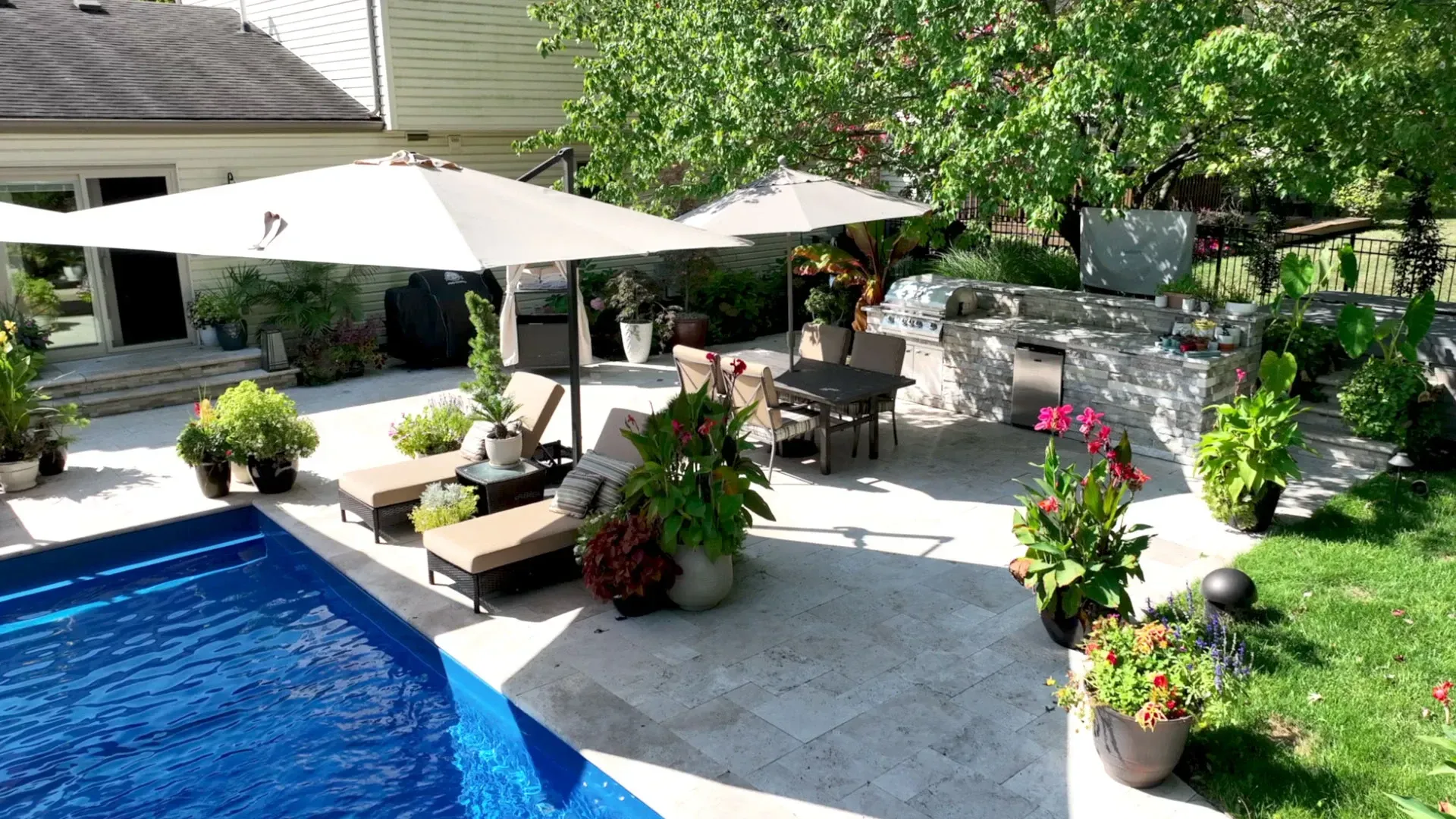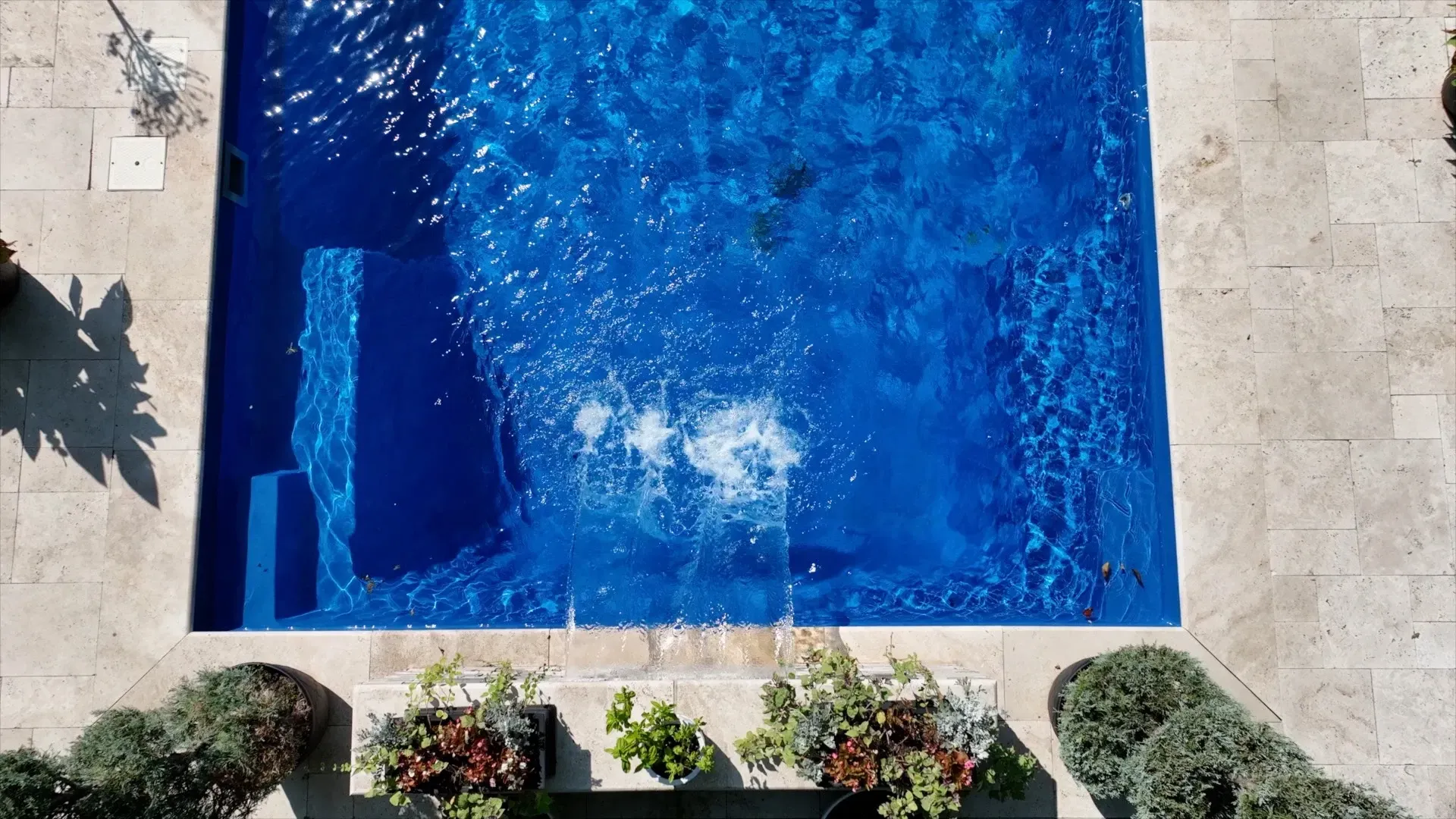Amazing Ideas for Landscaping Your Front Yard

You can drive through certain neighborhoods and get a feel for the quality of the homes simply by looking from the street. If a house has good curb appeal, it gives off a great impression. This is something that many homeowners strive toward, but not all achieve it.
Whether you are putting your home on the market or simply want to feel great as you pull into your home sweet home, here are some ways that you can boost your home’s curb appeal:
A Fresh Coat of Paint Can Work Wonders
Do you know how painting a room makes it look brand new? The same goes for the outside of your home. You don’t necessarily have to paint the whole thing, either; simply rolling or brushing a fresh coat of paint on your front door, the trim and the shutters can make a big difference. Choose a color that is eye-catching, but make sure that it complements the other color or colors on your house.
Decorate the Front Porch or Steps
If you didn’t paint the door, give it a good cleaning. Wipe off the fingerprints and knock down any spiderwebs that have accumulated over the summer. Give the area a thorough sweeping, and hit it with the hose or even a power-sprayer if necessary.
Now, go and get out your fall decorations. If you don’t have any, simple is often better: Set out pots of pretty mums or a few bright orange pumpkins. Also, add a seasonal wreath to the front door. If you have a rocking chair or porch swing, consider adding an accessory or two in seasonal colors.
Get a New Mailbox
If your mailbox has seen better days, it’s time to spring for a new one. Go ahead and choose something simple, or pick a design that will complement your home and meshes with your personal style. One caveat: If everyone else on your street has a certain type of mailbox, don’t buck tradition. In this case, not conforming could actually lower your overall curb appeal.
Install Outdoor Lighting
Having a well-lit entry will boost your home’s curb appeal once the sun goes down, and with the lengthening nights, this is very important! Clean out your existing light fixtures if you’re not planning on replacing them. Removing a season’s worth of dead insects, dust and grime can brighten things up considerably! Change any dim or burnt-out bulbs, too.
If you don’t have lighting on your walkway, consider installing pretty post lamps. If you can’t or don’t want to hard-wire lamps, you can always use solar lighting, but remember that they won’t be as bright as electrical lighting.
Add Visual Interest
If you have garden beds, you can spruce them up and get them ready for the winter. Go ahead and plant your fall bulbs now, trim back any bushes, and add mulch as needed in order to winterize your garden. Also, consider adding a small fountain, a windchime or a birdbath in order to add some visual appeal to visitors who come up to the front door.
Boosting your home’s curb appeal does not have to cost a lot of money or take too much time. Maintaining your property and keeping up with the raking, trimming and mowing, as well as the sweeping, will keep things looking nice throughout the year. Choose one small project at a time as you work to make your home one that gives a great first impression.
OMNI LEARNING CENTER
RECENT POSTS




